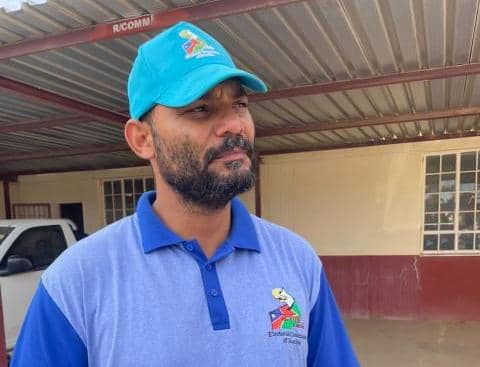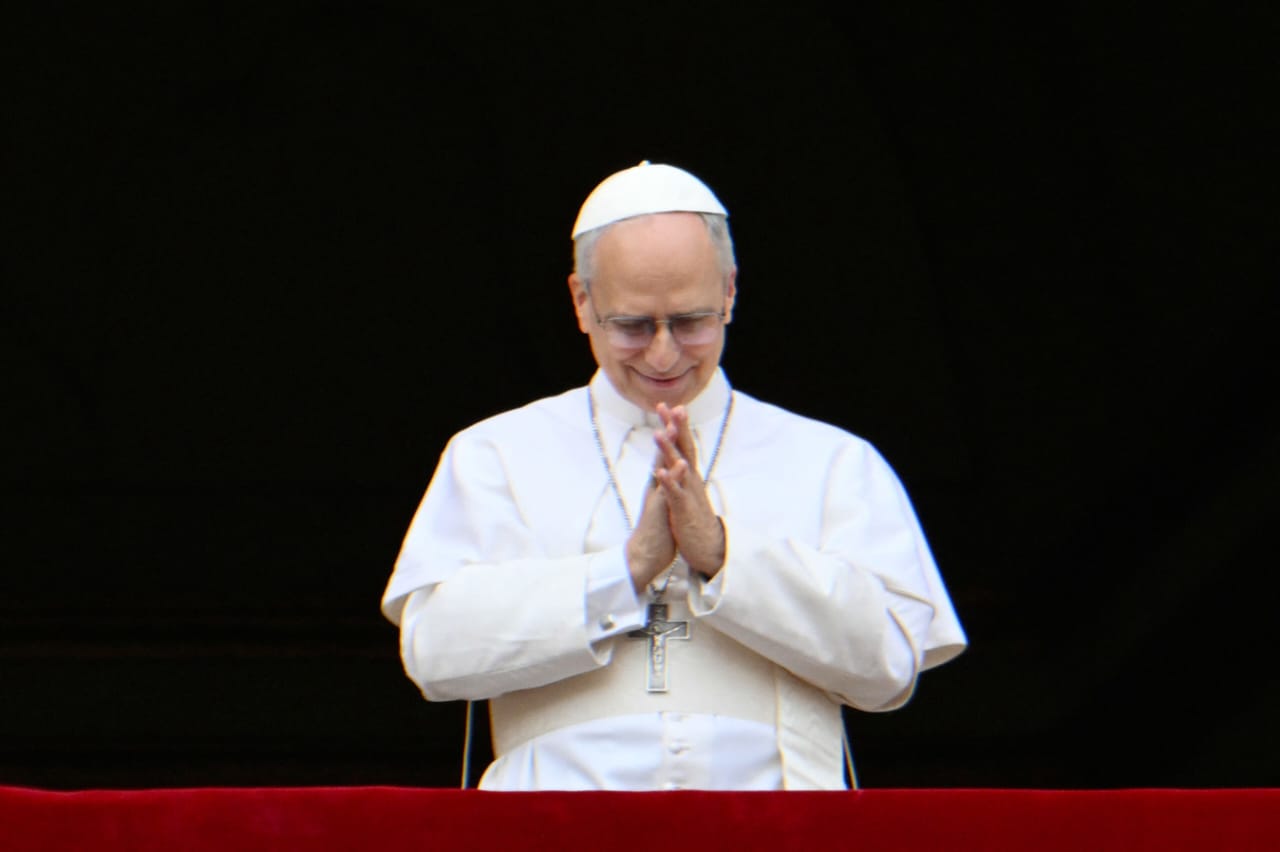NEW YORK – Investing a dollar and getting 10 cents back in return is a bad deal even in today’s market. But recovering 10 cents on the dollar might be optimistic for investors who gave their cash to Bernard Madoff.
Moreover, they face a years-long process to get any money back as investigators search to find Madoff’s assets. Dozens of lawsuits and the possibility the fraud was committed over decades makes the chance of recovery even more difficult.
Madoff has become one of the most vilified people in America since news broke December 11 that he had confessed to running a giant pyramid scheme, paying returns to certain investors out of the principal received from others. He’s estimated to have duped investors out of as much as US$50 billion.
Experts agree that the first of any recovery payments might be years in the future.
‘It will probably take between one and three years,’ said Dana Basney, director of due diligence and forensic accounting services for CBIZ MHM, LLC in San Diego. It could take most of the upcoming year to trace Madoff’s funds and accounts, he said.
Victims of past frauds had to bide their time before receiving any payments.
Bayou Management’s hedge fund collapse in 2005 in a US$450 million fraud. Customers are only now close to receiving funds – it wasn’t until July 2008 that a bankruptcy judge approved funds to repay them, and investors are looking at getting back just 34 cents for every dollar they invested with Bayou.
Investors and creditors of Enron Corp. were still receiving payments in 2008, seven years after the giant corporation crumbled. Even now they’ve collected only about 50 cents on the dollar.
But Madoff investors aren’t expected to get even the 34 cents that Bayou’s investors received.
Investors are likely to get ‘pennies on the dollar, if that,’ said Stuart Gerson, a lawyer with Epstein Becker & Green PC in Washington, D.C. Gerson also is a former head of the Justice Department’s civil division and served as acting attorney general under President Bill Clinton.
Enron investors were able to recover as much as they did because of a primary difference between that company’s fraud and schemes like the one Madoff ran: Corporations accused of wrongdoing often have real businesses and tangible assets that can be sold. The frauds in those cases primarily involved tampering with financial results in an effort to boost stock prices.
Madoff’s business was simply managing money and trading securities, and its value is very small, said Barry Silbert, chief executive of SecondMarket, a marketplace for trading what’s known as illiquid assets, including bankruptcy claims. Moreover, regulators say Madoff’s investment fund might not have executed even a single trade.
With little to no tangible assets to seize and sell off from the investment business, Madoff investors will have to look elsewhere to find pennies to make up for their losses.
The most likely source of recovery is liquidation of Madoff’s personal assets and any cash in accounts tied to the investment firm. The trustee handling the liquidation of the firm has identified more than US$830 million in liquid assets that may be subject to recovery – far short of the potential tens of billions of dollars in losses.
Madoff has homes in Montauk, New York and Palm Beach, Florida, a penthouse in Manhattan and a handful of luxury yachts. But prosecutors have accused him of mailing off millions of dollars in personal assets to family members while under house arrest in his Manhattan apartment.
Experts said Madoff could already have assets scattered around the world and therefore it might be difficult to track where all his money and wealth is being held, especially if he had been defrauding customers for decades.
Outside of liquidating assets, some investors in the scheme could actually be on the hook to make payments in a situation known as ‘clawbacks.’ In that case, investors that received alleged profit payments might have to return the money for redistribution.
John Jerome, a partner in the bankruptcy and restructuring department of Saul Ewing LLP in New York said some customers who received funds shortly before the scheme was uncovered might have to return that cash.
Another possible avenue for recourse: lawsuits by third-party investors against the feeder funds and separate investment managers that funnelled money to Madoff. Basney said investors might charge funds and managers with failing to perform due diligence before entrusting money to Madoff.
Michael Sirota, co-chair of the insolvency group at the law firm Cole Shotz in Hackensack, New Jersey, said such lawsuits often take three to five years. Sirota is representing investors who potentially lost about US$100 million with Madoff.
Gerson said winning such cases, which could be the longest path to recovering funds, is still difficult because Madoff was regularly paying out supposed profits and was never found to be violating regulations.
– Nampa-AP
Stay informed with The Namibian – your source for credible journalism. Get in-depth reporting and opinions for
only N$85 a month. Invest in journalism, invest in democracy –
Subscribe Now!










